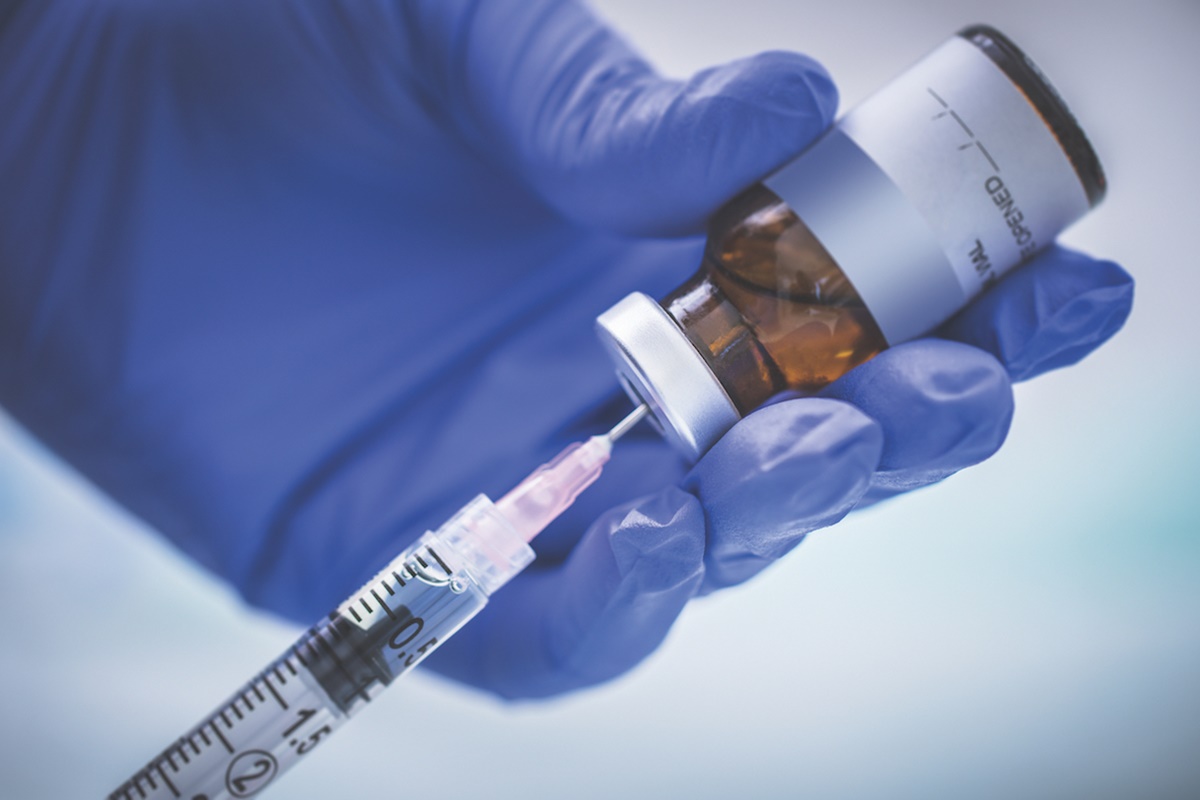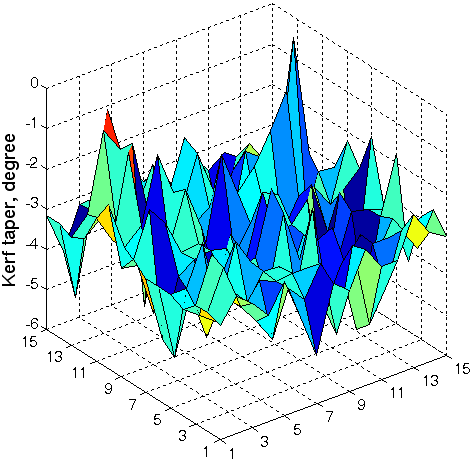By Qingyang Zhang, Y13
The Covid-19 pandemic has caused severe economic and social disruptions; lockdown led businesses and schools to shut down. As a result, vaccines against Covid-19 are urgently needed to slow and halt the spread of the virus. How do scientists develop and test vaccines against Covid-19? Are their methods robust and time-efficient? What are the types of vaccines currently under development?
Processes behind vaccine testing:
There are 6 stages to developing a vaccine. Once scientists gain a theoretical understanding of the virus and a potential vaccine, a preliminary vaccine is created and undergoes preclinical testing on animals. The vaccine then goes through phase I study, where it is tested on a small group of adults to determine the correct dosage and the vaccine’s potential side-effects. After modification and improvements, the vaccine enters phase II study, where several hundred people are administered the vaccine to test for consistency and side-effects. Then, scientists carry out t phase III study, testing on several thousand people to refine the vaccine. There is no qualitative difference between phase I, phase II, and phase III studies, as they all track the effectiveness, consistency, and side-effects of the vaccine, although the sample size progressively increases. This is because studying smaller samples increases scientists’ trust in the vaccine. Testing on a larger sample size allows studies to be more representative. The developed vaccine then goes through the licensing process; once it receives approval, it can be administered to the population. However, the vaccine is constantly surveilled after licensing.
Different vaccine types:
There are four main types of Covid-19 vaccines currently under development: genetic vaccines, viral vector vaccines, protein-based vaccines, and inactivated/attenuated vaccines. I will outline their similarities and differences, omitting specific processes, and technological details. Genetic vaccines are made by extracting RNA from the SARS-Cov-2 virus, converting it to DNA, and generating its genetic sequence. The genetic sequence is multiplied by attaching it to bacteria and growing the sample. The larger sample is then purified so that the SARS-Cov-2 virus DNA can be used as a vaccine. Examples of genetic vaccines are Moderna’s mRNA vaccine and Pfizer’s mRNA vaccine, both in phase III study. Viral vector vaccines are also based on extracting the virus’ RNA. The virus’ RNA is converted into DNA and conferred on a carrier/vector, normally adenoviruses for the coronavirus vaccine, and delivered into the body. CanSinoBIO is developing a vector vaccine, currently under phase III study and approved for limited use in China. Protein-based vaccines contain virus proteins without virus RNA RNA, such as the protein subunit vaccine under phase III study developed by Maryland-based Novavax. Inactivated/attenuated vaccines are coronaviruses that are weakened or killed by chemicals or heat, such as Oxford and AstraZeneca’s vaccine, made from injecting coronavirus genetic material into a weakened chimpanzee cold virus. (See this NY Times article for a more complete list of vaccines under development.)
Ethics of animal testing:
The steps of the trialling process all seem essential, but with time running against scientists, can some be shortened or removed? The least justified step is preclinical animal testing, whichwas skipped in March by Moderna’s mRNA-1273 vaccine. Animal testing may be useful for diseases that appear similarly in humans and animals. However, mice are mostly resistant to Covid-19 i, meaning that to use them as vaccine test subjects, they must be bred or genetically engineered to contract Covid-19. It thus makes no sense to test vaccines on mice. However, pigs do contract Covid-19. Is pig testing justified ? One could go further:is animal testing scientifically valuable to the testing process? In addition, is animal testing ethical at all? The first question is easy to answer; if an animal contracts the disease similarly to humans, then animal testing is scientifically valuable. However, the second question is more thought-provoking and concerns animals’ very relationship with humans. Does research benefiting humans warrant animal suffering? Should we treat animals as instruments to an end or as ends in themselves?
Sources:
What is an immune response?: http://www.immuneresponse.org
Types of vaccines and companies that produce them: https://www.nytimes.com/interactive/2020/science/coronavirus-vaccine-tracker.html#gamaleya
Trialling process: https://vk.ovg.ox.ac.uk/vk/vaccine-development
Ethics of animal testing: https://www.eara.eu/post/what-animals-are-used-in-coronavirus-research.
Vector vaccine: https://www.the-scientist.com/news-opinion/vector-based-vaccines-come-to-the-fore-in-the-covid-19-pandemic-67915
WHO: https://www.who.int/biologicals/publications/trs/areas/vaccines/typhus/viral_vectors/en/
Viral vector vaccine: http://globalhealthprimer.emory.edu/targets-technologies/viral-vector-vaccines.html
Oxford and AstraZeneca vaccine: https://www.ox.ac.uk/news/2020-11-23-oxford-university-breakthrough-global-covid-19-vaccine



